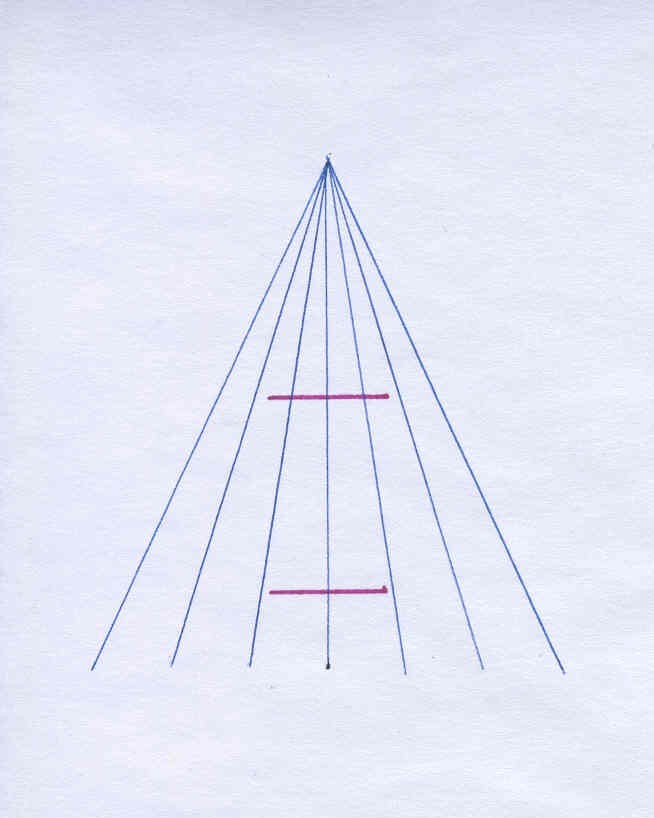The moon illusion baffled the great philosophers of ancient Greece and the most brilliant minds of the Scientific Revolution – and it continues to defy a solid explanation.
Have you ever noticed the Moon looks bigger when it’s rising or setting? This is the Moon illusion, an optical misperception that causes the moon to appear larger near the horizon than it does higher up in the sky.
Aristotle is often said to have pondered this effect way back in the 4th century BCE. He attributed it to the magnifying properties of Earth’s atmosphere. So his theory goes: when the Moon is viewed on the horizon, the light has to pass through more of the dense atmosphere, which expands it like a magnifying glass.
This is not a totally ridiculous thing to believe, unlike some of Aristotle’s ideas, although we now know the Moon illusion is a trick of the human visual system, not the strange workings of planetary systems.
The Moon may appear different sizes to the naked eye, but you can simply use a ruler to measure photographs of the Moon and show that it remains the same width on any given night, regardless of whether it’s hugging the horizon or if it’s cruising high in the night sky.
Like many other optical illusions, the conundrum is likely to be an issue of context and perspective. Most modern explanations agree that the Moon illusion plays with our brain’s inability to grasp the size and distance of unusual objects like the Moon, although it’s not certain how and why this occurs.
One theory is that objects on the horizon – trees, mountains, and buildings – give the impression that the Moon is closer and, therefore, we perceive it as bigger in size. When the Moon is high in the sky, without any nearby visual reference points, we perceive it as being further away and, thereby, smaller.

The Ponzo illusion: both horizontal lines are the same size, although the distorted sense of perspective make it seem otherwise.
We see a similar effect in the famous Ponzo illusion, in which two identical lines appear to be different lengths due to the context of converging lines. The wider setting of the image makes the brain perceive the upper line as farther away and larger, even though both lines are the same size in reality. Imagine the illustration and flip it upside down; maybe something similar is occurring with the Moon illusion.
Then again, perhaps it’s more a question of size, rather than distance. When the Moon is placed next to familiar objects on the horizon, we can appreciate its vast size and it appears huge. When its high in the sky, there are no familiar objects for context, it doesn’t appear so imposing and seems smaller.
However, as NASA explains, these aren’t perfect explanations. They note that astronauts in orbit also experience the Moon illusion yet they don’t have the same problem with foreground objects on the horizon that skew our sense of distance and size.
Left with only a loose explanation of the Moon illusion, NASA takes a surprisingly chill approach to the dilemma: “In the absence of a complete explanation for why we see it like that, we can still agree that – real or illusion – a giant Moon is a beautiful sight.”
“So, until someone puzzles out exactly what our brains are up to, it’s probably best to just enjoy the Moon illusion, and the moody, atmospheric, and sometimes downright haunting vistas it creates,” they add.
Source Link: We Still Haven't Solved The Moon Illusion After Thousands Of Years